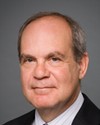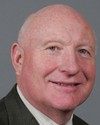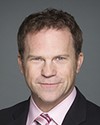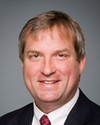I don't have a firmer number, but the SAR recommend that if there's no fishing, the extinction would be in 40 years. If we fish at 2,000 tonnes, it would be in 20 years. So at 4,000 tonnes, it will be even faster.
I'd like to raise the issue of the precautionary approach that Mr. Couillard brought forward.
In an environment where the stock is in a very unstable, very low status, I think it's our responsibility to take our time to make decisions that will not jeopardize the stock. If we hold back and we do a good assessment and we look at it again with the fishermen and we find there are a lot of fish, the fish are going to be there next year and it's going to be good news for everybody. If we find the situation as bad as we claim, we will not have dug the hole even deeper, and that's where the precautionary approach comes about. If the fisheries are in very good shape, no one is challenging the science. The science is there; the stocks are increasing; the TAC is increasing and everyone is happy. In this case, the trend is downward.
No one is challenging the northern cod this year because we had a TAC and everyone is excited, and we see an upward trend, and we'll continue to work together and make a good assessment. But I think that's where the precautionary approach comes about: if it's risky, let's take a bit of time and do a good job before taking on a risky business. That's part of what we call sustainable development, sustaining a long-term fishery with a good environmental condition.




